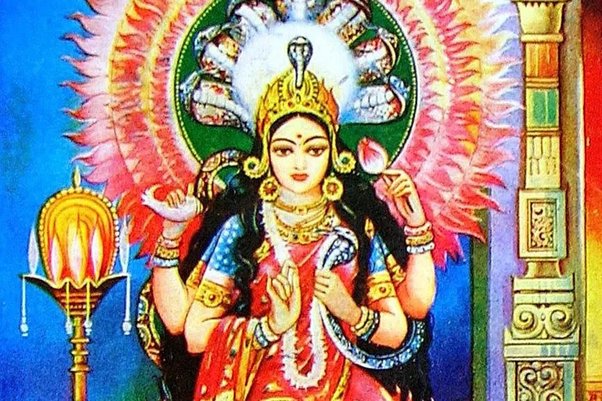
The world is familiar with Lord Shiva, his wife Goddess Parvati, and his three sons: Kartikeya, Ganesha, and Ayyappa. But did you know that Lord Shiva also had daughters?
Yes! Though the deity’s three sons are reportedly more well-known than his three daughters, they are nevertheless revered in some regions of India. There are stories about these daughters, and they are mentioned in the Shiva Purana as well as several religious texts.
Although they went by the names Ashokasundari, Jyoti, and Vasuki or Manasa, they were revered in various parts of India on a religious basis even though they never enjoyed the same level of fame as their parents, siblings, or even themselves.
Lord Shiva’s Daughter is one of them, and these are their individual stories.
1. The Story of Ashokasundari, Daughters of Lord Shiva:
Ashokasundari, the first child of Lord Shiva, was conceived by Goddess Parvati. The “Padma Purana” contains a detailed description of her. According to mythology, Ashokasundari was made by Goddess Parvati to help her feel less alone.
Since she helped Parvati let go of her sorrow (“Shok”) and because she was extraordinarily lovely (“Sundari”), Parvati gave her the name Ashokasundari.
She is primarily venerated in Gujarat, and the only thing that is known about her is the well-known tale that she was present when Shiva beheaded Ganesha. According to the legend, she hid under a salt sack at that time out of fear.
Since that time, Ashokasundari has been linked to salt, a symbol of life’s perpetual flavor without which it would be unpleasant.
2. Shiva’s Second Daughter Goddess Jyoti:
Jyoti, Lord Shiva’s second daughter, is a woman. She is known as the Hindu goddess of light and her name means brightness in actuality. Her birth is the subject of two distinct myths.
According to the first myth, Jyoti, daughter of Lord Shiva, was born from a spark that appeared from Goddess Parvati’s forehead, and she is a tangible incarnation of Shiva’s grace. The second tale claims that Jyoti was born from a spark that appeared in Lord Shiva’s halo.
At various temples in Tamil Nadu, Jyoti is revered as the goddess Jwalamukhi. In some parts of India, she is also revered as the goddess Rayaki, a figure connected to the Vedic Raka.
3. The Story of the Manasa, the Shiva-loving daughters:
Among all of them, Manasa’s tale is the most fascinating. Shiva’s sperm hit a sculpture that had been created by the snake mother, Kadru, and this is how she was born. Despite the fact that Manasa is not Goddess Parvati’s kid, she is in fact Shiva’s daughter.
Snake-bite healing is the purview of Manasa Devi Because she was rejected by her father, her husband, and her stepmother Parvati, Manasa is said to have a nasty temper, according to traditional tales. She also despises the goddess Parvati for never recognizing her as a daughter.
Bengali temples offer Goddess Manasa ritualistic adoration. She is worshipped without an image, although more often than not, a branch of a tree, an image of an earthen snake, or an earthen pot is used in her devotion.
Because snake activity increases during the rainy season, her cult is very popular in Bengal, where she is especially revered.
In addition, she is revered for her ability to ward off ailments like chickenpox and smallpox, and snake bites.

